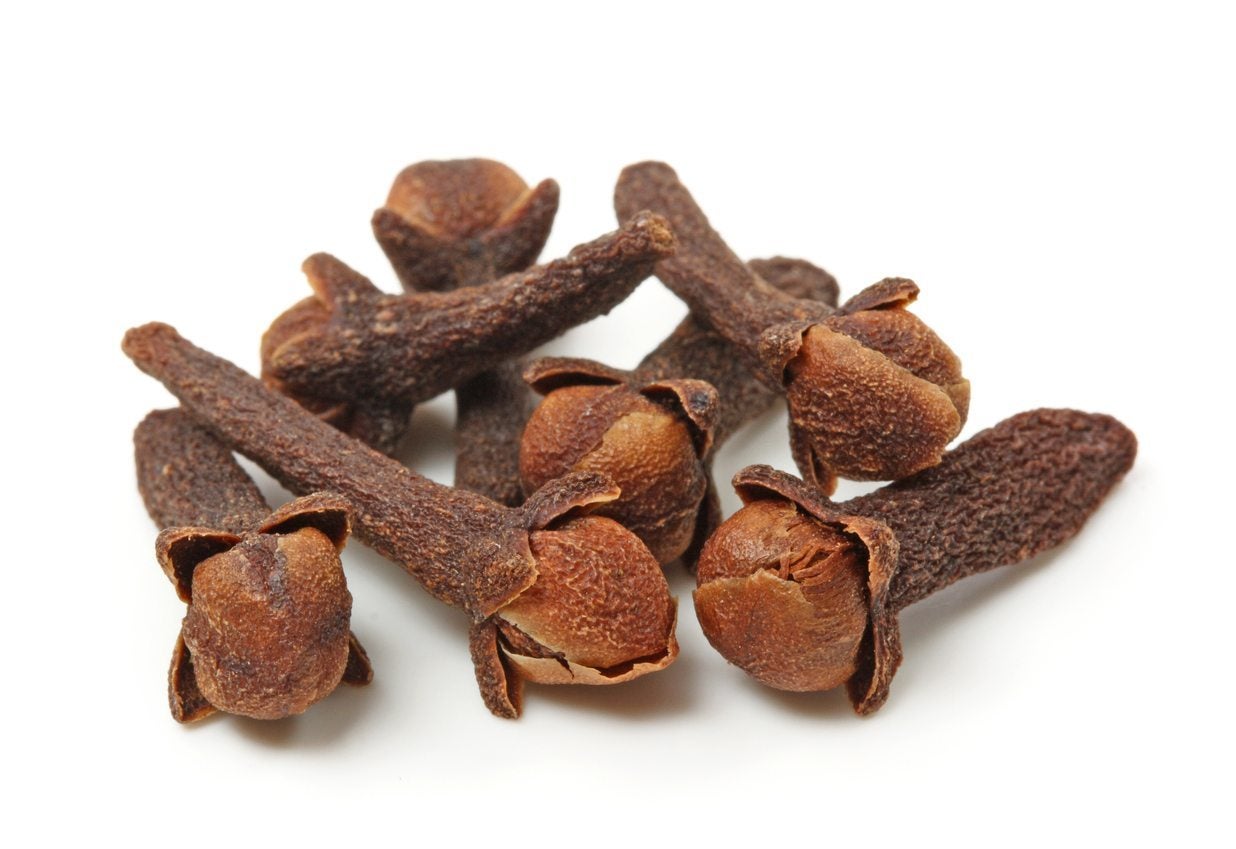
My association with cloves is limited to glazed ham spiked with them and my grandmother’s spice cookies lightly accented with a pinch of clove. This spice is actually used extensively in a number of cuisines, however, including Indian and even Italian where pasta might be brightened up with the addition of a little clove. Anyway, because of my limited interaction with the spice, it came as quite a surprise to find out that cloves are the unopened flower buds of the clove tree. This fact got me to wondering about harvesting and picking cloves.
About Harvesting Cloves
The clove tree is a tropical evergreen of the family Myrtaceae that reaches heights of between 25 and 33 feet (8-10 m.). Native to Indonesia, the tree produces clusters of flower buds, which when dried become brown, hard, and nail shaped. In fact, their English name is derived from the Latin word “clavus,” meaning nail.
When to Pick Cloves
The cloves you use to flavor your dishes are the result of at least six years of growth on the part of the tree. Six years is the minimum time it takes the tree to flower, but the tree doesn’t actually reach its full bearing until it is around 15 to 20 years of age! There is no clove harvest guide per se that tells you when to pick cloves. Clove picking commences once the tree buds turn from green to a pinkish red over the course of five to six months. At this stage, they are picked and sun dried for four to five days. As the waxy buds dry, they turn a dark brown as their volatile oil, eugenol (also found in basil) concentrates. It is this oil that makes the spice so aromatic and also a strong natural antiseptic and anesthetic.
How to Harvest Cloves
Buds are harvested when they are under an inch (less than 2 cm.) long, before they turn pink and open. Picking cloves must be done carefully, lest branches are damaged. Once harvested, the buds are either sun dried or dried in hot air chambers until they have lost two thirds of their original weight and have darkened in color. The dried cloves may then be ground or sold as is and used not only to flavor foods, but also for use in Chinese or Ayurvedic medicines. Cloves may be used as an oral disinfectant. It has analgesic and anesthetic properties. It has been used to treat diarrhea, bloating, stomach ailments, and even sore throats. Cloves essential oil is used in toothpastes, soaps, detergents, creams, perfumes, and mouthwashes. It is a popular ingredient in alcoholic beverages, sodas, and even Indonesian cigarettes; a mix of tobacco, cloves, and mint.
Sign up for the Gardening Know How newsletter today and receive a free copy of our e-book "How to Grow Delicious Tomatoes".

Amy Grant has been gardening for 30 years and writing for 15. A professional chef and caterer, Amy's area of expertise is culinary gardening.
